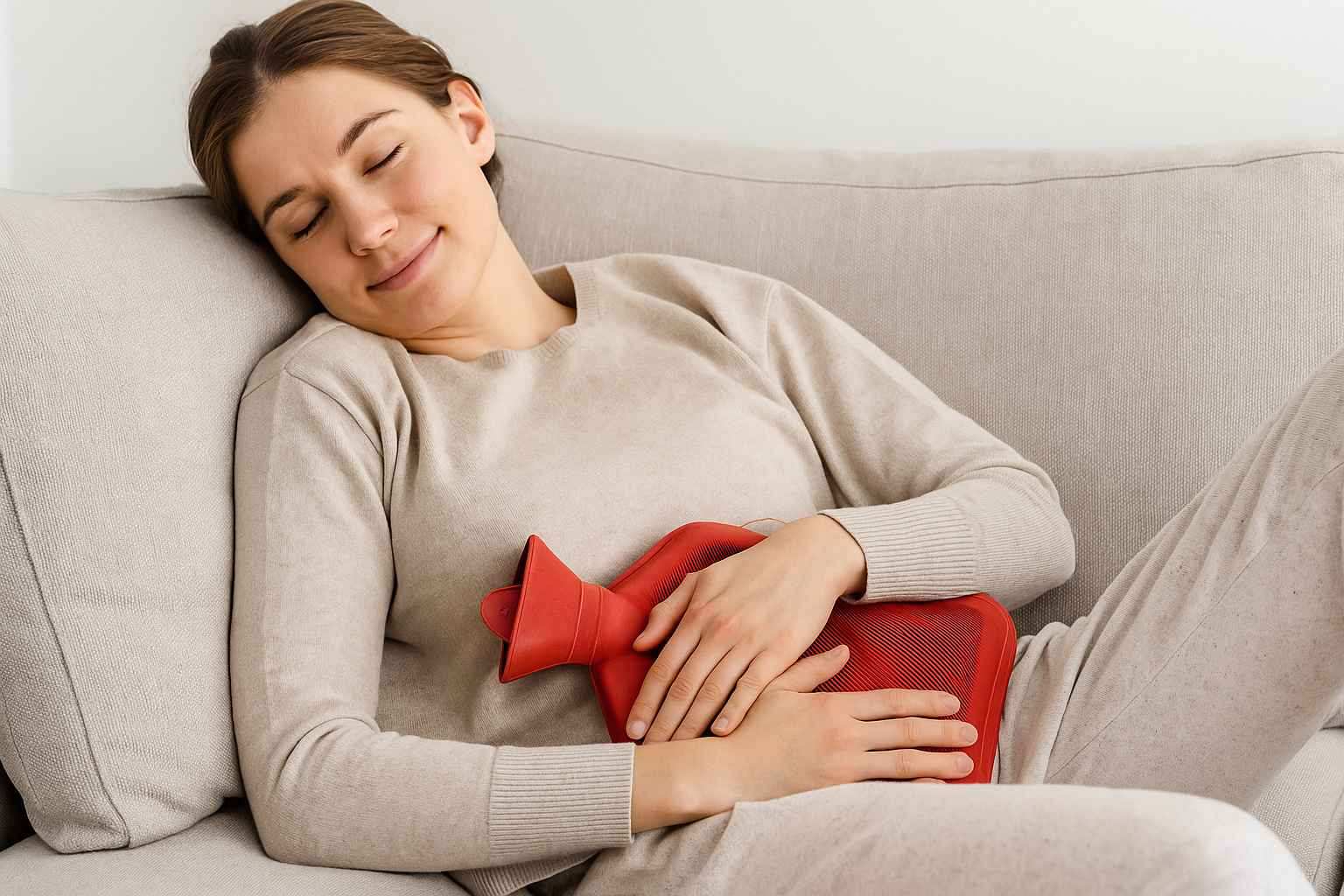The day I tried to pick a cup from the table, and I found my hand shaking, I was alarmed. I tried to steady it, but it wouldn’t. I didn’t know what it was, but I was scared it was a serious problem that would need me to visit the doctor. Fortunately, a friend of mine introduced me to acupressure for shaky hands, and it stopped my shaky hands and saved me a visit to the doctor.
In conventional medicine, the shaky hand is referred to as Essential Tremor (ET). However, people with Parkinson’s disease (PD) will also have the symptom of shaky hands. The difference is that PD involves shaky hands when the hand is at rest while ET involves shaking hands when the hand is moving. Essential tremor is a common medical condition; about a percent of Americans live with shaky hands.
The condition doesn’t pose any threat to your life; it only makes you uncomfortable and incapable of using your hands to perform basic actions like writing. ET could be hereditary, as a result of certain toxins in the environment, the aftereffect of some drugs, or an increase in age. In most cases, it is a result of an increase in age. In America, 5 percent of people older than 65 years suffer from ET.
In Traditional Chinese Medicine, on the other hand, hand tremor is a result of insufficient nutrients, which affects the muscles and nerves of the limbs. It is believed that when the Yin and Blood are deficient, it becomes hard for them to absorb nutrients. The resultant effect is then hand tremor.
So, in this article, I’ll show you how to easily stop your hands from shaking as a result of Yin and Blood deficiency using acupressure.
Can Acupuncture Help Shaky Hands?

Yes, acupuncture is effective in treating shaky hands. Several clinical studies support pressure points for hand tremors. One of such studies is the 2015 research that was carried out on a 74-year-old woman suffering from hand tremors. She underwent acupuncture therapy for ten (10) weeks, after which she was able to write and hold a cup with one hand.
Another study by researchers from the Heilongjiang University of Chinese Medicine tested the effectiveness rate of two types of acupuncture – scalp acupuncture and conventional acupuncture. The result of their findings was that scalp acupuncture had an effectiveness rate of 96.7 percent, while conventional acupuncture had an effectiveness rate of 73.3 percent.
Also, the relapse rate for zonal scalp acupuncture was 13.81 percent, while that for conventional acupuncture was 45.5 percent. Their findings concluded that while acupuncture is effective in treating hand tremors, scalp acupuncture is the more effective acupuncture for hand tremors.
In TCM, Yin moisturizes and cools the body. Therefore, a deficiency of Yin will heat the body. As explained earlier, also, Yin deficiency will cause shaky hands. So, when you have hand tremor as a result of Yin deficiency, here are the acupressure points to stimulate:
Acupressure Points For Yin deficiency
Acupoint: KI-3 (Other Names: Kidney-3/Tai Xi/Supreme Stream)
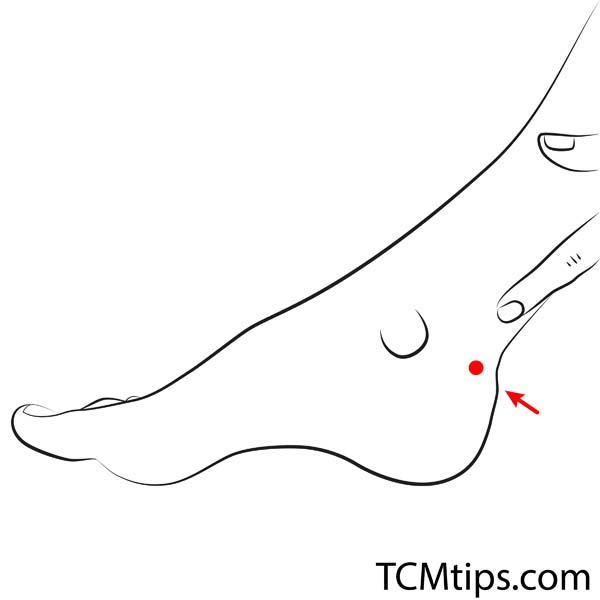
Acupoint KI-3 or Taixi, as it is called in Chinese, is one of the effective acupressure points for hand tremors. It is a kidney meridian acupoint located on foot. You’ll find KI-3 at the depression between the inner side of the ankle and the tendon, just behind the anklebone.
In TCM, KI-3 is classified as both the Yuan-Source and the Shu-Stream points of the Kidney Meridian. The implication of this is that the acupoint is responsible for balancing the Yin and Yang, strengthening the lower back, and relieving pains in the heels and ankle. This is why it is effective in treating impotence, lumbar pain, irregular menstruation, headache, and dizziness. KI-3 is also one of the acupressure points for Parkinson’s disease.
To unlock the benefits of KI-3, massage the area of the acupoint 20 to 30 times each time until the skin around the area is slightly red and begins to feel sore.
Acupoint: Liv-3 (Other Names: Liver-3/Tai Chong/Supreme Rush)
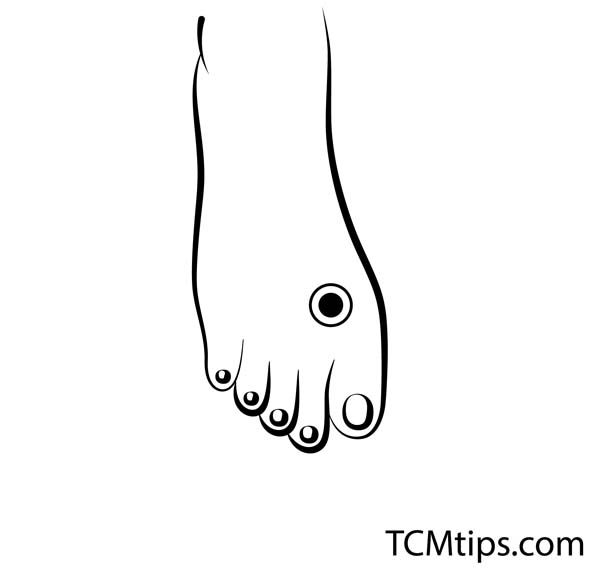
Liv-3 or Taichong is another of the notable pressure points for hand tremors. It is a liver meridian acupoint that is located on foot. You’ll find Liv-3 at the back of the foot, in the depression three fingers away from the intersection between the big toe and the next toe, close to the first metatarsal space.
TCM classifies Liv-3 as both a Yuan-Source and the Shu-Stream point of the liver meridian, thus making it function as a regulator of the liver Qi, a nourisher of the liver Yin, and a subduer of the Liver Yang. For this reason, Liv-3 is effective in treating headaches, pains in the lower extremity, irregular menstruation, and abdominal distention. Liv-3 is also one of the acupressure points for fibromyalgia.
All you need to do to activate this acupoint for hand tremor is to massage it 20 to 30 times until the skin around the acupoint is slightly red and begins to feel sore.
Acupoint: GB-34 (Other Names: Gallbladder-34/Yang Ling Quan/Yang Mound Spring)
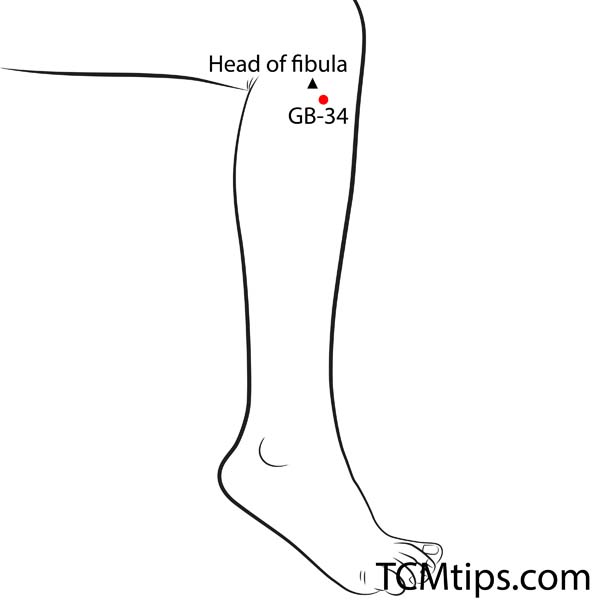
GB-34 is a Gall bladder acupressure point that helps relieve shaking hands. It is called Yanglingquan in Chinese or Yang Hill Spring in English. It is located at the outer side of the lower leg, on the sidelong area of the lower leg where the sinews converge. You’ll find it in the depression before the head of the fibula.
In TCM, GB-34 is classified as the He-Sea point of the Gall Bladder Meridian. Therefore, it is responsible for activating the gall bladder meridian, moving the Liver Qi, and relieving pain. For this reason, GB-34 is one of the acupressure points for leg pain relief. It is used clinically to treat knee pain, infantile convulsion, and jaundice.
Available research also shows that GB-34 is effective in improving the symptoms of Parkinson’s disease patients. By massaging this acupoint 20 to 30 times until the skin around the acupoint is slightly red and begins to feel sore, you’ll find that your hand is less shaky.
Acupressure Points For Blood Deficiency
Blood deficiency is the other cause of hand tremors in TCM. Here is the acupressure for shaky hands as a result of blood deficiency.
Acupoint: ST-36 (Other Names: Stomach-36/Zu San Li/Leg Three Miles)
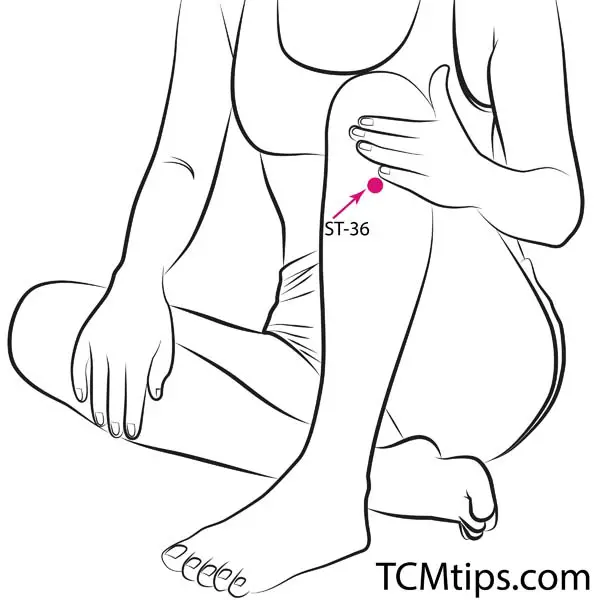
Acupoint ST-36 or Zusanli is another of the acupressure points for hand tremors that are worthy of note. It is a stomach meridian acupoint that is located on the leg. You’ll find Zusanli below your knee cap, four fingers down, around the outer border of the shin bone.
In TCM, Zusanli is responsible for tonifying Qi and blood, strengthening the spleen and stomach, and raising the yang. These functions make it likely for ST-36 to treat gastric pain, abdominal distention, shortness of breath, pain in the knee joint, and loss of appetite. ST-36 is also one of the vital acupressure points for fertility.
One study shows that by massaging Zusanli 20 to 30 times to the point where the skin around it is slightly red and feels sore, you can reduce blood glucose and other complications due to diabetes.
Acupoint: SP-9 (Other Names: Spleen-9/Yin Ling Quan/Yin Mound Spring)
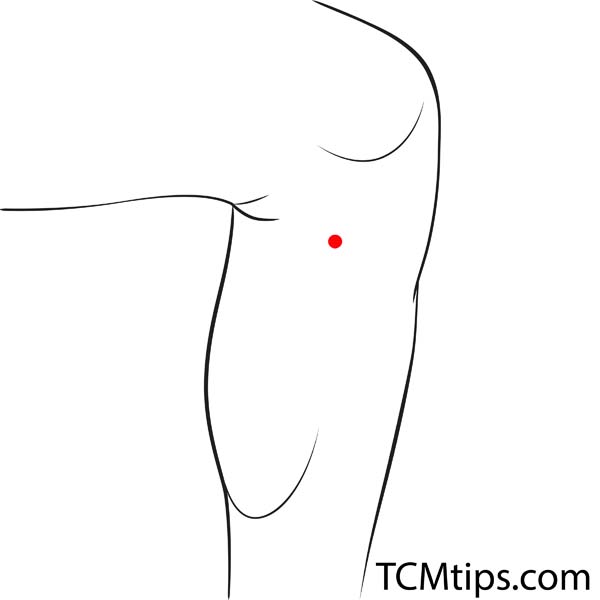
SP-9, Yinlingquan, or Yin Mound Spring is a spleen meridian acupoint that serves effectively as acupressure for hand tremors. Like ST-36, SP-9 is also located on the lower leg. To locate it, push your thumb into the depression up the edge of the bone in the inner side of your lower leg. That depression is SP-9.
In TCM, SP-9 is the He-Sea point of the Spleen Meridian. Therefore, it functions as a resolver of dampness and a regulator of the spleen. These functions make SP-9 one of the acupressure points for the bladder. It is as well effective in treating issues like knee pain, dysuria, diarrhea, and incontinence of urine, in addition to shaky hands.
To activate this acupoint, apply pressure on the acupoint 20 to 30 times to the point where the skin around it is slightly red and feels sore.
Acupoint: SP-6 (Other Names: Spleen-6/San Yin Jiao/Three Yin Intersection)
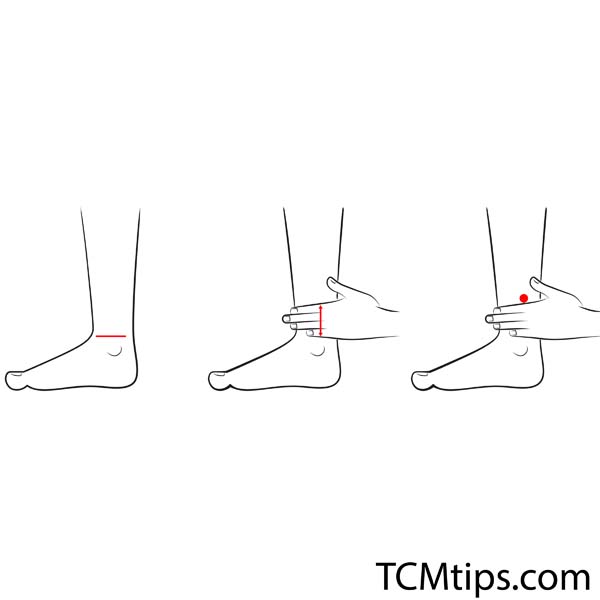
SP-6 is another spleen meridian acupoint that helps relieve shaky hands. It is referred to as Sanyinjiao in Chinese and is located on the lower leg, just like SP-9. You’ll find it at the apex of the ankle, about four fingers high up the leg, on the inner side of the tibia.
SP-6 is an essential acupoint, which is why it is classified in TCM as the crossing point of the Spleen, Kidney, and Liver Meridians. It strengthens the spleen, stomach, and kidneys and nourishes both the Yin and Blood.
Massaging SP-6 20 to 30 times periodically to the point where the skin around it is slightly red and feels sore will treat issues like irregular menstruation, testicular atrophy, abdominal distention, and diseases of the skin. If you’re interested in losing weight, check out the 10 best acupressure points for weight loss.

Try our Anti-Aging Gua Sha Tool designed to bring out your skin’s natural glow.
Best Gua Sha Product- Anti-Aging: The tool is designed to target 11 specific aging signs such as wrinkles and sagging skin. By following the 7-step routine, users can improve skin firmness and reduce fine lines naturally.
- Enhances Skincare Routine: It works effectively with serums and lotions, boosting absorption and efficacy of skincare products.
- Visible Skin Improvement: Users can expect a smoother complexion, reduced puffiness, and a more youthful appearance.
 P. Sze
P. Sze 




